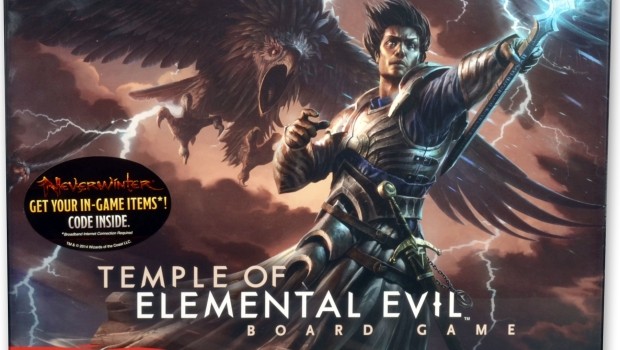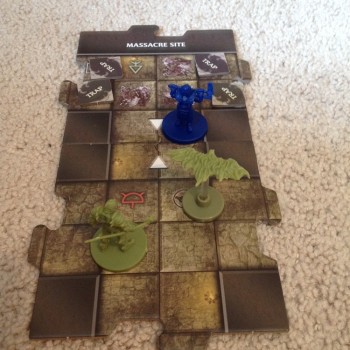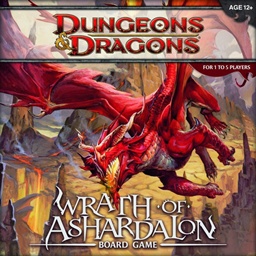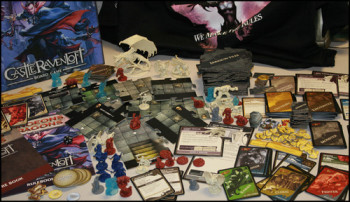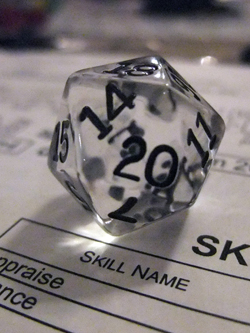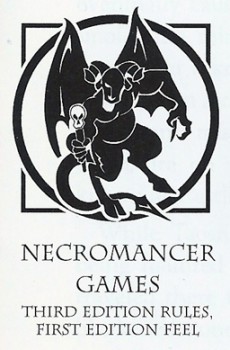Modular: Swords & Wizardry Complete Kickstarter Explodes
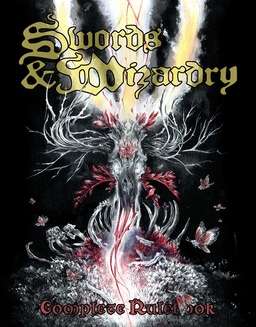 Last month I wrote a post on why I chose to use the Swords and Wizardry (S&W) Complete Rules, instead of Pathfinder, for my latest campaign. S&W is a redesign of Original Dungeons and Dragons (pre-1st Edition), written by Matt Finch and put out by Frog God Games. Due to a stretch goal achieved in the Sword of Air Kickstarter, the S&W rules are permanently free in PDF format from Frog God. You can also buy a hardcopy with a cool Earl Otus cover.
Last month I wrote a post on why I chose to use the Swords and Wizardry (S&W) Complete Rules, instead of Pathfinder, for my latest campaign. S&W is a redesign of Original Dungeons and Dragons (pre-1st Edition), written by Matt Finch and put out by Frog God Games. Due to a stretch goal achieved in the Sword of Air Kickstarter, the S&W rules are permanently free in PDF format from Frog God. You can also buy a hardcopy with a cool Earl Otus cover.
On October 14, Frog God launched their thirteenth Kickstarter to fund a third printing of S&W Complete. But this is a little different than just a simple reprinting effort. Designer and RPGer Stacy Dellorfano had suggested to Finch that Frog God print a new version of the S&W rules, but with art and design done entirely by women. Within minutes, Finch and Bill Webb were on board and the project moved ahead.
There are minor revisions to some of the game play examples, but otherwise it’s a reprint of the second edition. However, there are two brand new adventures included: “The Five Maidens” and “Zaya’s Promise.”
Finch explained that the intent was for Dellorfano to come up with a design that was no less appealing to males, but more appealing to females. Webb has cited Lisa Stevens of Paizo as a huge influence on the role of women in the gaming community (as well as “saving the game industry when WotC cratered on 4th Edition”) and has said that his daughter will taking over Frog God from him some day. So, he was very much into the concept.
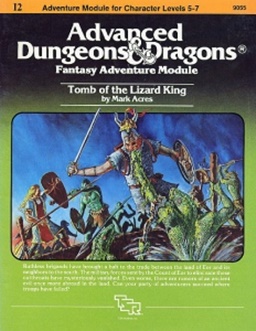
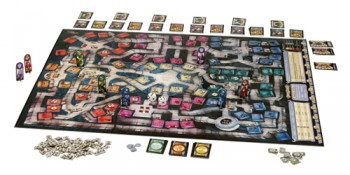
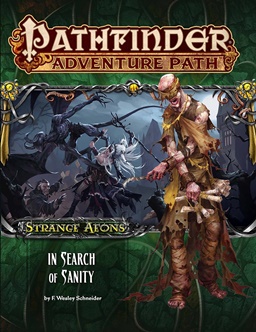
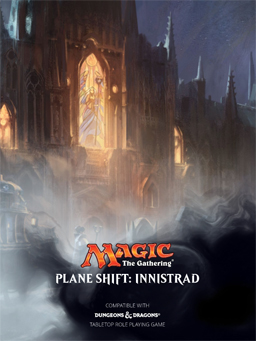 Over at Dragon+, Wizards of the Coast
Over at Dragon+, Wizards of the Coast 